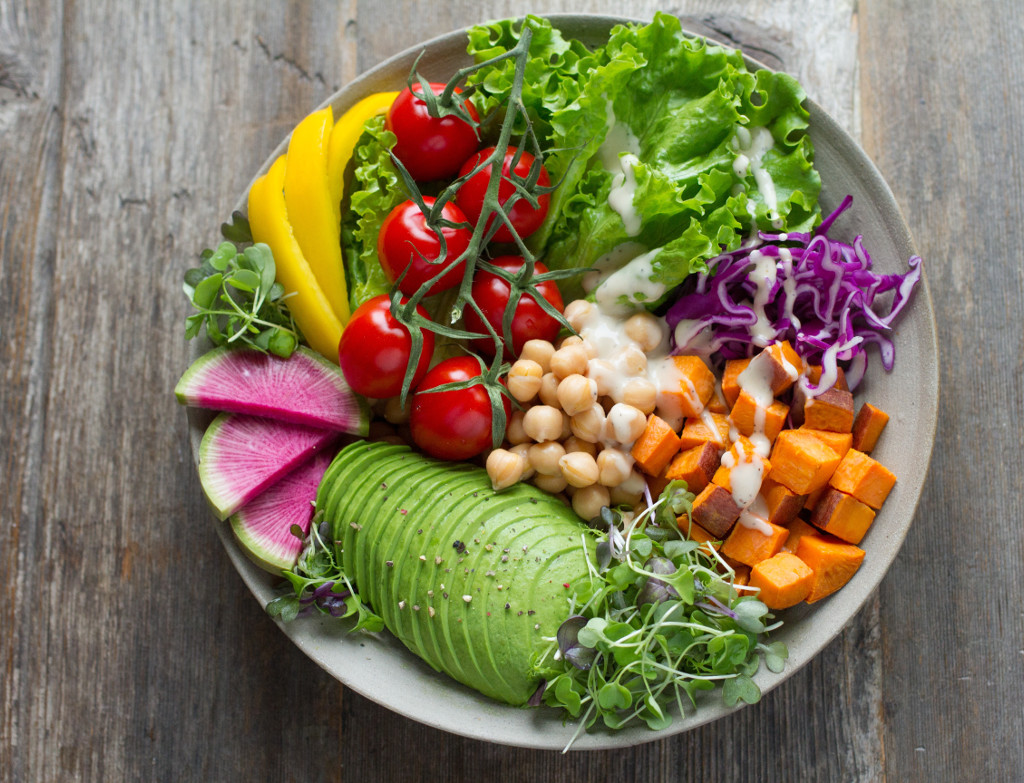You’ll agree with me that these days, we all want to make sure that our health and that of our loved ones is our top priority. And to achieve this, you are probably wondering what foods, in addition to being tasty, would nourish your immune system. That’s what we’re going to try to demystify together today in 5 easy strategies.
1. COOKING IS HEALTH
There is no food, pill or miracle product that has the power, like a magic wand, to give us health. Rather, it is the sum of all the ingredients you like to cook that, when put together, makes balanced meals and increases the chances of staying healthy. The confined time we live in has its share of drawbacks, but also brings some benefits, including a little more time to pull out your favorite recipes and have fun making them. Here’s a recipe for black bean burritos (recettes) served with a whole grain tortilla bread.
2. PUT SOME COLOR ON YOUR PLATE
Fruits and vegetables certainly have a role to play in improving our immune system. Not only do they protect us, they also fill us up and add color to our plate. Because they are tasty and good, I invite you to fill your plate as much as possible with a variety of vegetables including red (red peppers and beets), orange (carrots and squash), yellow (zucchini and yellow peppers), green (cabbage and broccoli), purple (eggplant) and white (cauliflower, mushrooms, and onions). As for the quantity, go gradually. For example, for those of your who manage eating 3 bites of vegetables at main meals, try eating 4 bites; as for those who already fill 1/3 of their plate with vegetables, try treaching ½ plate.
***For parents whose children turn up their noses at their peas and carrots, don’t force them to eat them. Children learn by example, just keep serving them and sitting with them at mealtime. They will see you eating these colorful gems and will eventually develop a taste for them. Below is one of my comforting orange colored soup recipes that I want to share with you.
3. EAT 2 TO 3 FRUITS A DAY WHEN POSSIBLE
Apples, pears, oranges, grapes, kiwis, plums, bananas, cantaloupe, watermelon, blueberries, strawberries, mangos, or raspberries? What are your favorites?
Whether fresh or frozen, fruit is part of a balanced diet and is worth adding to your grocery cart. If you’re one of those people who need a little sweetness at the end of your meal, try a piece of ripe fruit and serve it cut up. Not only will your sweet tooth be satisfied, but eating fruit at meal times or as a snack will help you feel energized.
4. VARY YOUR PROTEIN FOOD SOURCES
Foods such as kidney beans, black beans, lentils, chickpeas, tofu, edamame, nuts, peanut butter, eggs, poultry, and fish also help nourishing our immune system as well as fighting infections. Rest assured, there is no need to go overboard on your grocery budget by trying to eat astronomical amounts of meat. On the contrary, it is recommended to fill no more than the palm of your hand with it. Better yet, if a recipe for 4 people calls for 400 g of chicken, use half of it and add 1 can of chickpeas. This will cut costs, improve nutritional value, and give you an extra serving for lunch the next day.
5. ENHANCE THE TASTE OF YOUR MEAL
One aspect that will make your meals a success is, the taste. One trick to enhancing the flavor of food while optimizing immune system function is to vary the types of oils, nuts and seeds used in your recipes. They could be as varied as adding, olive oil, camelina oil, canola oil, walnuts, pecans, hazelnuts, sunflower seeds, or pumpkin seeds to your favorite dish.
On that note, I hope you take the time to eat and cook together when possible!



